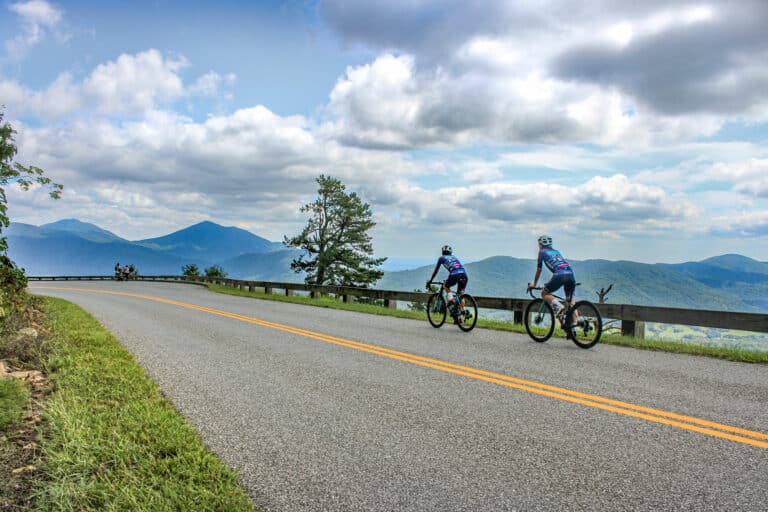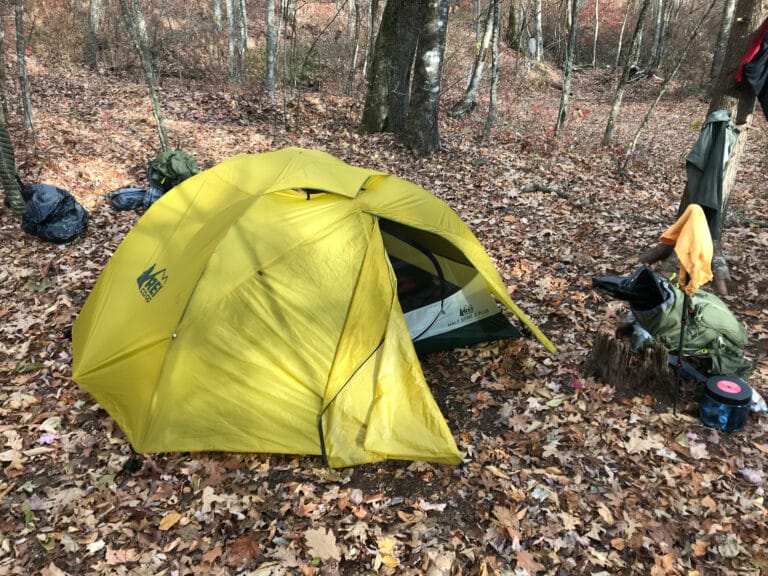by JAY HARDWIG
It begins, as all these stories must, with Lawnchair Larry.
In July of 1982, a truck driver and former army cook named Larry Walters flew to 16,000 feet in an aluminum lawn chair tethered to 42 helium balloons. He took water for ballast, beef jerky for nourishment, and a B.B. gun to shoot out the balloons when he wanted to descend, but the flight did not go quite as planned. Walters ascended faster and farther than he intended. He soared into the sky and seems to have enjoyed the ride until he dropped his gun some 15,000 feet over Long Beach, California. Floating three miles above the coast, he was spotted by an airline pilot taking off from the Los Angeles airport. “This is TWA 231, level at 16,000 feet,” the pilot is reported to have radioed to air traffic controllers. “We have a man in a chair attached to balloons in our ten-o’clock position, range five miles.”
John Ninomiya is no Lawnchair Larry (or Danny Deckchair, the 2003 movie reincarnation of Lawnchair Larry). Ninomiya flies with more control, more experience, and fewer risks. He is an FAA-licensed balloon pilot who has been flying conventional hot-air balloons and one-person “Cloudhoppers” for nearly twenty years. He has completed more than forty cluster balloon flights without incident. And while he does carry water for ballast and knives (on lanyards) to control his altitude, he’s replaced the lawn chair with a free-flight paragliding harness.
“I look at [Walters’ flight] as a different sort of activity from what I do,” says Ninomiya. “I can’t avoid appreciating in some way the spirit of adventure that Larry Walters had, but it’s not something that I see as the same as what I do, or something I would care to imitate in all its particulars.”
True enough: John Ninomiya will not be imitating Larry Walters when he takes flight in Mauldin, South Carolina, on September 20. He’ll be more prepared. He’ll be safer. And he’ll have all the FAA approval he needs. But as he cuts his tethers and starts to float up toward the clouds, above the buzz and hum of the crowds, above the boiled peanut vendors and funnel cake stands, above the ridges and the trees, above Mauldin and Greenville and the upstate, above the weary chunkablunk banality of our gravity-bound world and its sad-sack pedestrians, he will share this much with Larry Walters: he will be lighter than air.
“It was an ordinary lawn chair—waffle-iron webbing in the seat, tubular aluminum armrests,” Walters told George Plimpton in an interview for The New Yorker some years back. Walters bought the chair for $109, on sale, at Sears. He had found 42 weather balloons at an army surplus store and enough helium to fill them at a balloon shop. Before launch, he tethered himself to the bumper of a friend’s 1962 Chevrolet Bonneville, intending to float up a few hundred feet and check his bearings before moving on and out and over, he hoped, the Mojave desert. But his chair rose quickly—at about eight hundred feet per minute, according to reports—and the tether snapped, pitching Walters forward in his seat and causing his eyeglasses to fall to the ground. He was up and away.
At about 15,000 feet, with the air thinning and his toes growing cold, Walters shot out seven balloons. He then placed his gun in his lap to check an altimeter he carried. A sudden gust of wind tilted the chair forward and the gun fell, and Walters watched as it plummeted out of sight. He floated higher, unable to control his ascent. Eventually—perhaps around the time the TWA pilot spotted him—the helium started to leak from the balloons and Walters began a gradual descent. Passing over Long Beach, he drifted into some power lines and became entangled there. The collision caused a 20-minute blackout in the area, but Walters was able to free himself and climb down to safety. He was rewarded with instant celebrity, the memory of flight, and $4,000 in FAA fines. When asked by reporters why he had done it, Walters reportedly replied, “A man can’t just sit around.”
“It was something I had to do,” Walters told The Los Angeles Times later. “I had this dream for 20 years, and if I hadn’t done it, I would have ended up in the funny farm.”
It’s a dream John Ninomiya shared. Before Walters launched his lawn chair—before, even, the great Gonzo floated high above the Bogen County Fair—Ninomiya was dreaming of balloons. At age eight, he read a book about gravity, and became enchanted with a photograph of a man floating with a cluster of weather balloons. “A year or two later,” Ninomiya writes on his web site, clusterballon.org, “I saw the film The Red Balloon, which ends with the little French boy, Pascal, floating over Paris with a huge bouquet of toy balloons. It was, beyond a doubt, the most wonderful thing I could ever imagine doing. I promised myself then that someday I would float off into the sky with helium balloons too.”
In 1997, Ninomiya set out to make his dream come true. At that time, there were only a few recorded cluster balloon flights and no active participants. Ninomiya took his first flight on April 15 of that year, ascending to 4,000 feet with seven silver mylar balloons. Since that initial exhilarating ascent, he has taken more than 40 cluster balloon flights, most with bright bunches of latex balloons. And while he holds the cluster balloon altitude record of 21,400 feet, he prefers to stay closer to the ground, cruising at a few thousand feet and dipping within a couple hundred feet of the ground when the terrain allows. He likes to wave at the people below, and chat a bit if he gets the chance. But it’s clear he also enjoys the solitude of higher elevations. He speaks of the quiet and stillness—unlike conventional ballooning, there is no gas burner roaring in his ears—and the sensation of flying freely above the earth. His childhood dream, Ninomiya writes on his web site, was one worth realizing: “There’s nothing as serene and beautiful as floating a mile or two above the earth with a huge, colorful balloon bouquet.”
For a sport with so few active participants—fewer than a dozen, perhaps half of that—cluster ballooning has been prominent in the news lately. In July, Oregon gas-station owner Kent Couch completed a nine-hour, 235-mile flight in a lawn chair tethered to more than 150 balloons, an achievement that borrowed more from Walters than Ninomiya. In April, Brazilian priest Adelir Antonio de Carli took off in a rainstorm with a thousand helium balloons, a lawn chair, a thermal flight suit, and a GPS locator that he did not know how to operate. He floated out above the ocean before losing contact with authorities, and his body was pulled from the water on July 4 of this year. Walters’ story has a similarly sad end: he committed suicide in 1993, and once told Plimpton that his life seemed empty following his flight. His suicide note read, in part: “I now end the life that should have ended then.”
It is unlikely that such cautionary tales will stop would-be cluster balloonists from taking to the air, but Ninomiya hopes they at least give pause. While Ninomiya works to raise cluster ballooning’s profile generally, he discourages half-baked imitators interested more in stunt than in sport. His web site includes standard disclaimers, and he declines to consult on other people’s flight plans. If you care to follow Ninomiya’s example, bring your wallet (supplies for a flight cost several thousand dollars) and your good sense.
“These skills are not something you’re going to figure out on your first flight while you’re drifting toward the high tension lines and imminent crispy-critterhood,” he cautions.
———-
John Ninomiya will fly at this year’s MauldinFest, near Greenville, South Carolina. His launch attempt is scheduled for 5:30pm on September 20, weather permitting.







